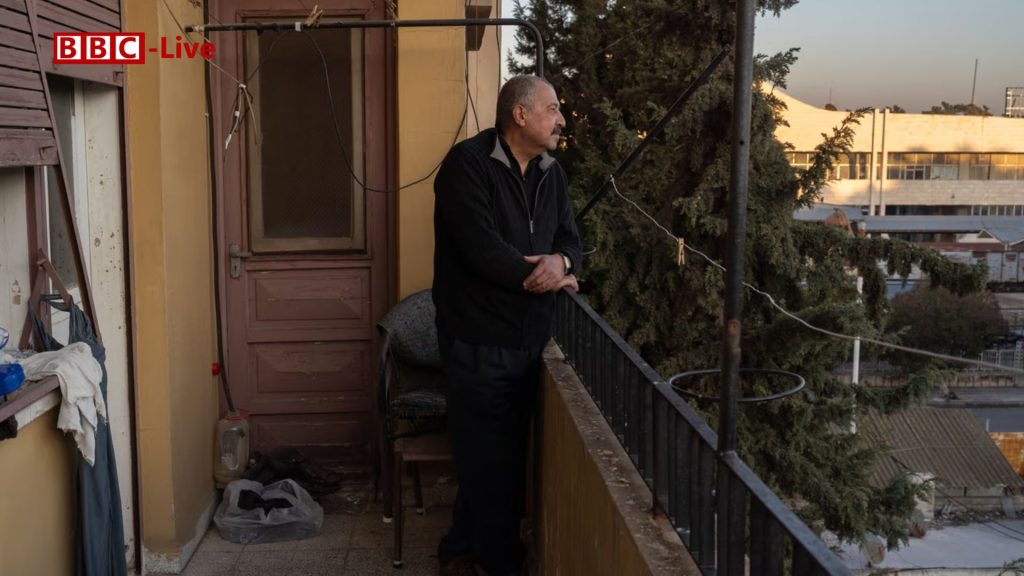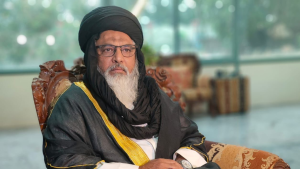
The Harrowing Legacy of Homs
For more than five decades, 65-year-old Taha Tadmori’s life was marked by the ominous presence of the Homs security directorate—a notorious building that loomed over his family’s apartment. The three-story facility, which housed a subterranean prison, became the backdrop for constant fear and suffering. As a teenager, Tadmori witnessed the construction of the building, which would later become a symbol of the brutal regime of Hafez al-Assad and his son, Bashar al-Assad. The cries of pain and screams from detainees imprisoned in its basement echoed throughout Tadmori’s apartment, a chilling reminder of the regime’s control and oppression.
Tadmori’s family lived in constant surveillance. Security officials from the political security directorate visited their home regularly, questioning the family about who they interacted with and meticulously tracking every detail of their lives. The neighborhood, mostly Sunni Muslims, was controlled by officials from the Alawite sect, which the Assad regime relied on to staff its security forces. Every visit was a reminder of the regime’s tight grip on Homs and its people.
As the civil war unfolded in Syria and tensions escalated in Homs, Tadmori watched as the regime intensified its repression. The peaceful protests and uprisings in the city turned into violent crackdowns, with people detained, tortured, and sent to unknown destinations. Tadmori’s brother, Firas, was among the many who fell victim to the regime’s arbitrary arrests. Firas was taken to the Homs security directorate and later vanished without a trace, never to be seen again.
The Tadmori family’s ordeal persisted even as the war raged on, with no sign of relief. Tadmori, who had hoped for the return of his brother, had to live with the painful uncertainty of not knowing his whereabouts. The security officers, some of whom he came to know personally, continued to monitor and intimidate the family.
The eventual fall of the Assad regime, however, brought a bittersweet sense of relief to Tadmori. After years of surveillance and oppression, the security officials who had once instilled fear in their neighbors fled as the regime collapsed. Tadmori watched from his balcony as the building that had once symbolized suffering was overtaken by insurgents. The statue of Bashar al-Assad’s brother, Bassel, that stood atop the security directorate was beheaded in an act of defiance.
Despite the end of the regime’s rule in Homs, Tadmori’s pain remains. His search for his brother Firas has turned up nothing, leaving him to grapple with the devastating reality of the disappearance. While the fall of Assad’s regime marked the end of the reign of terror, the scars of the past still linger in the memories of those who lived through it. Tadmori hopes the Homs security directorate can eventually be transformed into something useful for the community, perhaps even a school, but the shadows of the past will always haunt the city.




